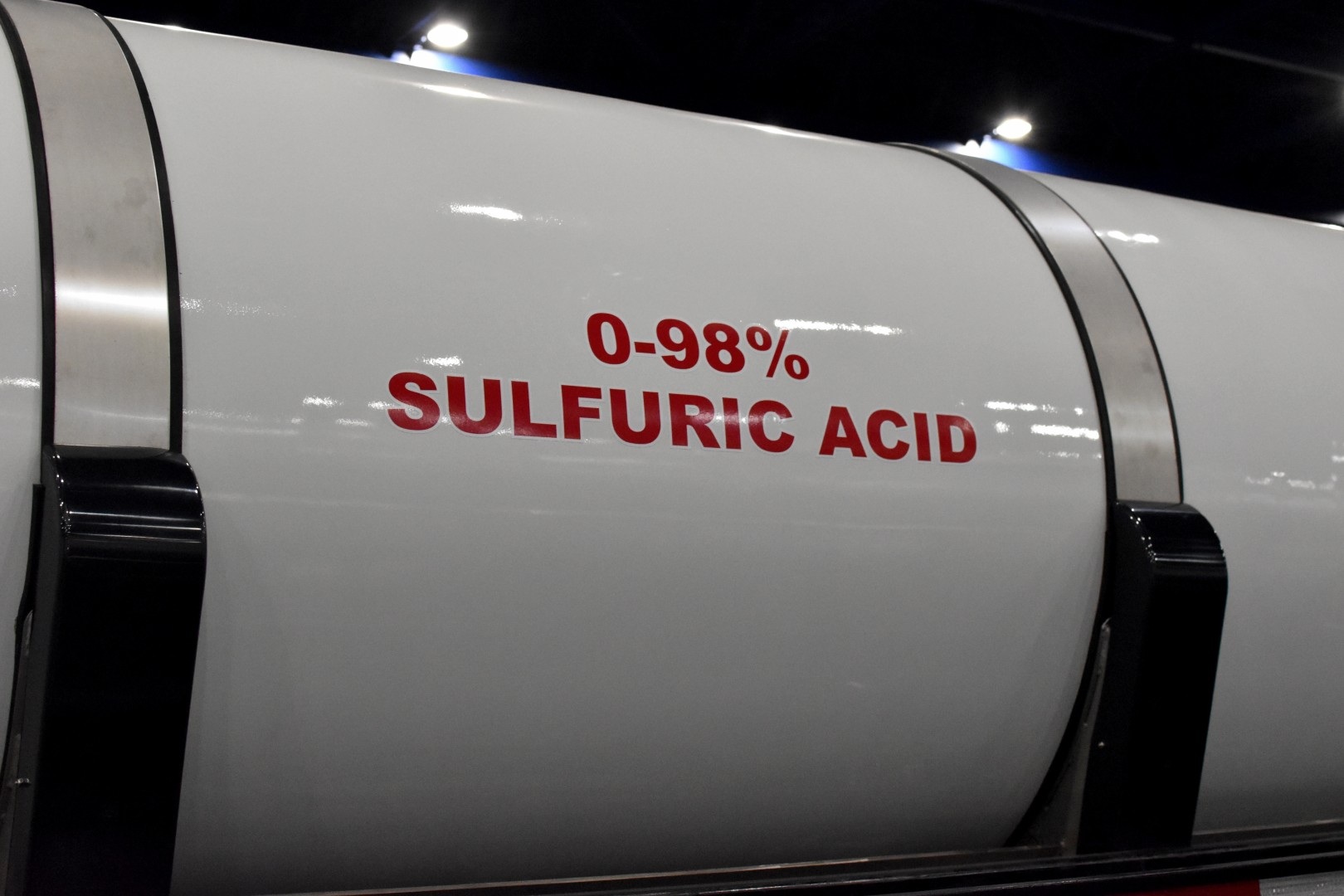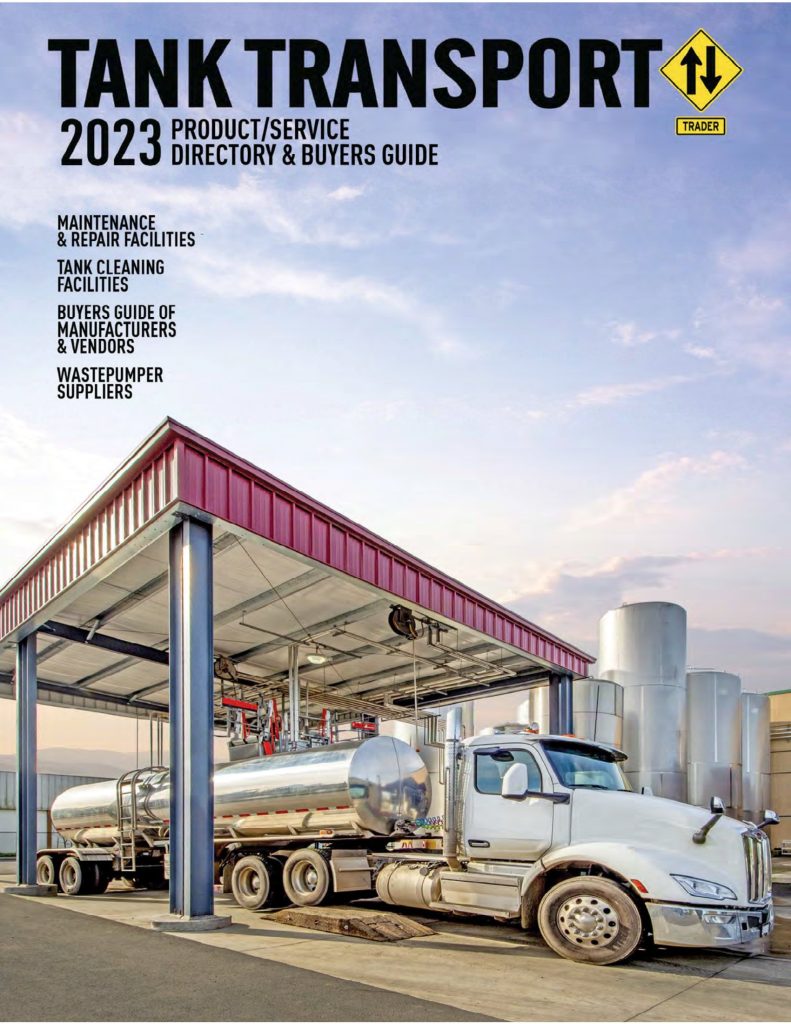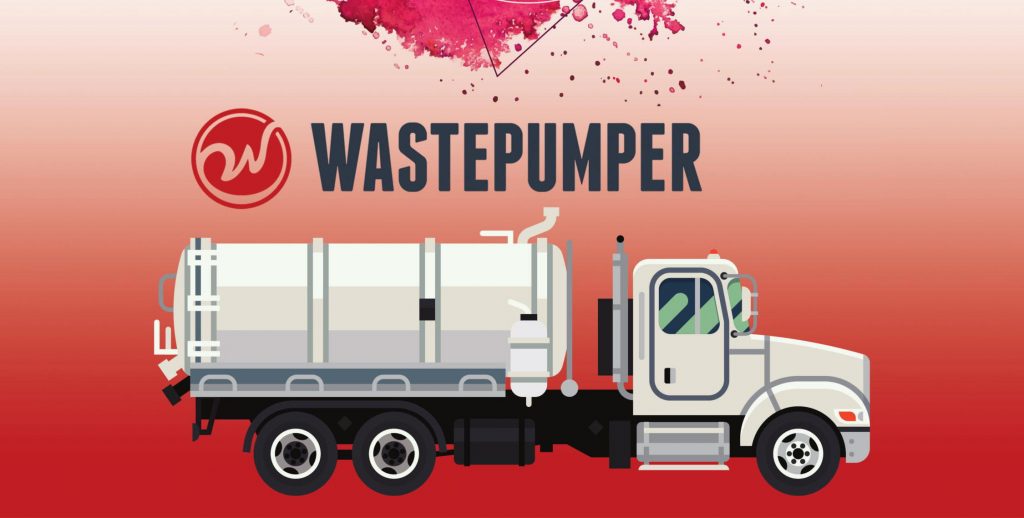Although many people don’t know it, acids are an important part of our daily lives. Sulfuric acid, for example is used in everything from fertilizers to pharmaceuticals. Sulfuric acid is one of the most common chemicals in the world, but like many acids it can be very dangerous if handled incorrectly.
Hauling any liquid-bulk chemical is safe when certain rules are followed. Here’s a closer look at some of the special precautions that often apply when transporting acids.
Water:
Water and sulfuric acid don’t mix well. Hauling concentrated acid isn’t just economical; it’s also much safer. If water contaminates a tank of concentrate, the diluted acid experiences an exothermic reaction, causing a rapid increase in temperature. The rapidly-heated acid becomes aggressive toward metal and gives off a high volume of hydrogen gas, an explosion hazard. The tank may corrode or rupture, potentially causing a dangerous cargo containment breach. For this reason, when driving a tanker with multiple loads, sulfuric acid and water should never be loaded in adjacent compartments.
Appropriate DRESS
Many acids and other corrosives are highly toxic and can cause chemical burns and irreversible tissue damage. Contact with water causes sulfuric acid to spatter violently and ionize, forming a mist that is severely harmful if inhaled. When working with hazardous acids, appropriate protective gear should always be worn, including goggles, face shield, gloves, boots and respirator.
CLEANing WITH CARE
Since water and sulfuric acid produce a volatile reaction, cleaning out the tanks that hold this type of bulk cargo requires drivers to follow specific safety protocols. The tank should be flushed with a large quantity of water so that any leftover acid quickly passes the threshold of dangerous concentration. Rinsing should continue until the water runs clear with no visible residue. Water-acid mixture should not be allowed to collect in the tank, but encouraged to drain freely. The tank should be flushed constantly until the runoff registers a neutral reading on litmus paper.
LEAKS
It is imperative that tanks carrying acid be well sealed. Drivers should regularly inspect their vehicles for defects and leaks. Any suspected cracks must pass a dye test to be sure that all the parts of the tank are completely intact and that no acid can escape.
Enjoying our insights?
Subscribe to our newsletter to keep up with the latest industry trends and developments.
Stay Informed




















It’s helpful to know that hauling concentrated acid is safer than hauling it diluted. My boss needs to get some chemicals moved for a project that he’s working on, and I want to make sure that he gets it done safely. I’ll share this article with him so that he can look further into his options for getting these chemicals hauled in their concentrated forms.
How dangerous is it to sleep in loaded truck with sulphuric acid for some days
Very! And not mention you already know the fact you can not control drivers around you, what stress: all it takes is an idiot to hit you then you look like the elephant man.